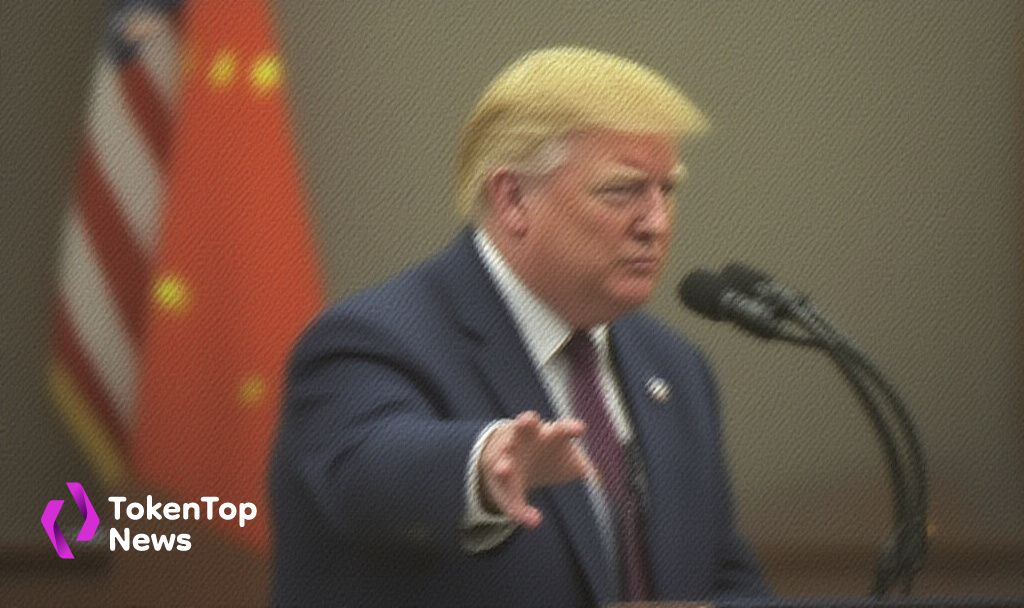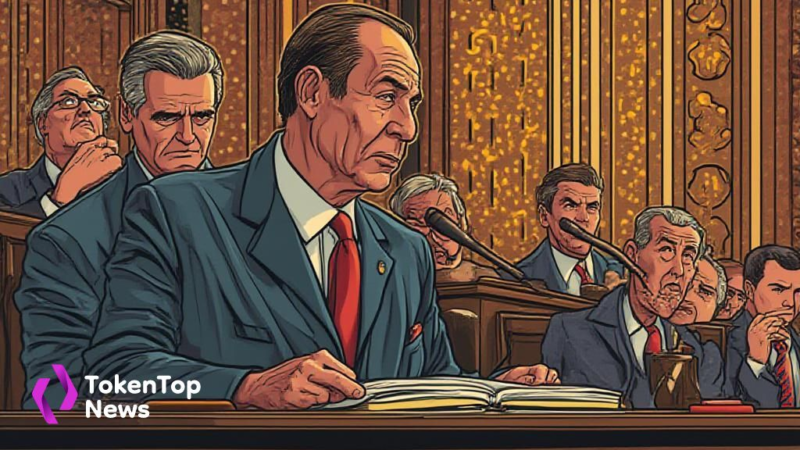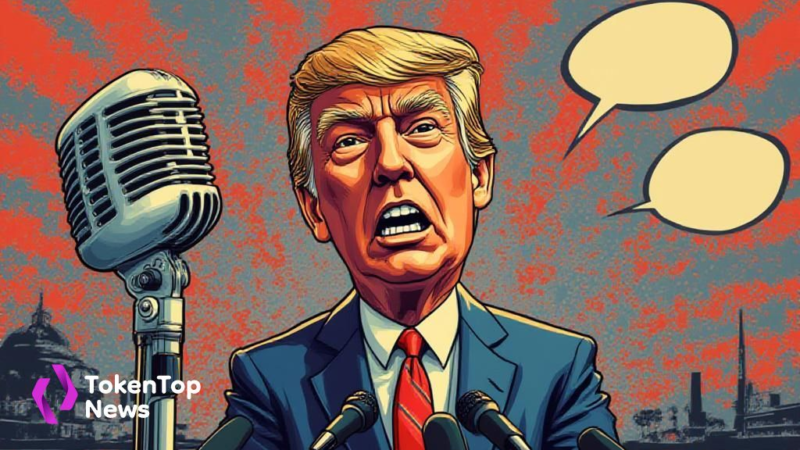Trump Signals Possibility of Reducing Tariffs on China
- Ongoing discussions hint at potential tariff reduction.
- Current tariffs paused, China excluded.
- Focus remains on national security measures.

The situation potentially influences global economic stability, reflecting broader impacts on international trade and geopolitical relations.
Donald Trump, as the primary decision-maker, is exploring possibilities for tariff reduction, continuing his administration’s policy of using tariffs as leverage. China’s tariffs remain higher due to its retaliation, impacting global supply chains.
Trump’s administration has paused tariffs for some countries, but these discussions exclude China. Potential reductions depend on achieving specific security objectives, highlighting an emphasis on national interests.
“On Liberation Day, President Trump imposed a 10% tariff on all countries and individualized reciprocal higher tariffs on nations with which the U.S. has the largest trade deficits in order to level the playing field and protect America’s national security… As a result, the individualized higher tariffs are currently paused amid these discussions, except for China, which retaliated. China faces up to a 245% tariff on imports to the United States as a result of its retaliatory actions.” [White House Fact Sheet, April 2025](https://www.whitehouse.gov/fact-sheets/2025/04/fact-sheet-president-donald-j-trump-ensures-national-security-and-economic-resilience-through-section-232-actions-on-processed-critical-minerals-and-derivative-products/)
The potential reduction impacts a range of global industries, notably manufacturing and electronics sectors. Policy adjustments could influence market stability, reflecting a strategic focus on trade balances.
Options under consideration may provoke financial rebalancing across various sectors, reflecting policy shifts with global implications. Cryptocurrencies and other risk assets could later see indirect effects as volatility rises with trade policy changes.
President Trump’s stance underscores economic prioritization. This could lead to increased economic negotiations globally. Potential outcomes may touch upon regulatory and technological domains, requiring strategic assessment.




